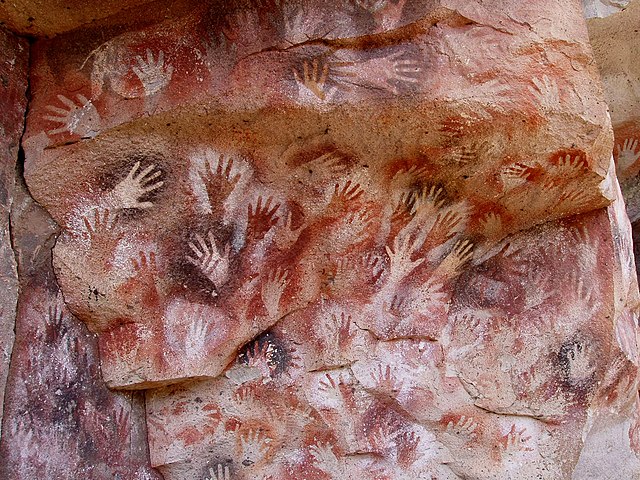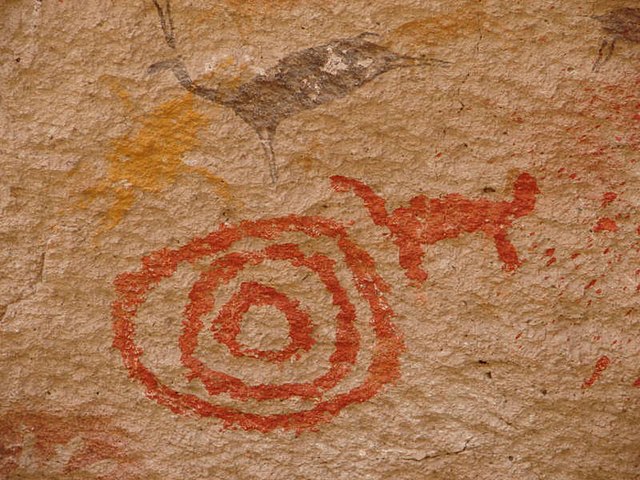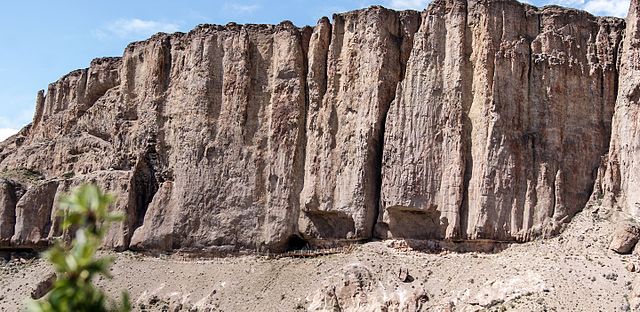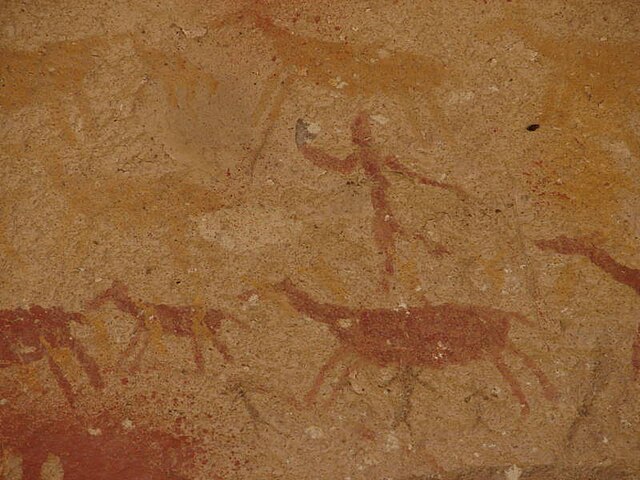Cueva de los Manos, Rio Pinturas




Annotation
Cueva de las Manos, Rio Pinturas is an archealogical site and World Heritage Site in Argentina that features cave art and rock are that dates to around 9500 to 13000 years old. The site is significant for its well-preserved depictions of art that features animals, hunting scense, and human figures, as well as outlined hands painted on the walls that the name comes from. The paint was created with natural pigments from iron oxides, kaolin, natrojaroiste, and manganese oxide, that were ground and mixed with a binder. The cave was last inhabited around 700 AD and those who created the art are likely the ancestors of the indigenous hunter-gatherer groups of Patagonia. Cueva de las Manos has attracted much archaeological research over the past decades because of the insight into early hunter-gatherer society provided by the art scenes.
Credits
"SantaCruz-CuevaManos," WIkimedia Commons, 12 August 2005, https://commons.wikimedia.org/wiki/File:SantaCruz-CuevaManos-P2210651b.jpg.